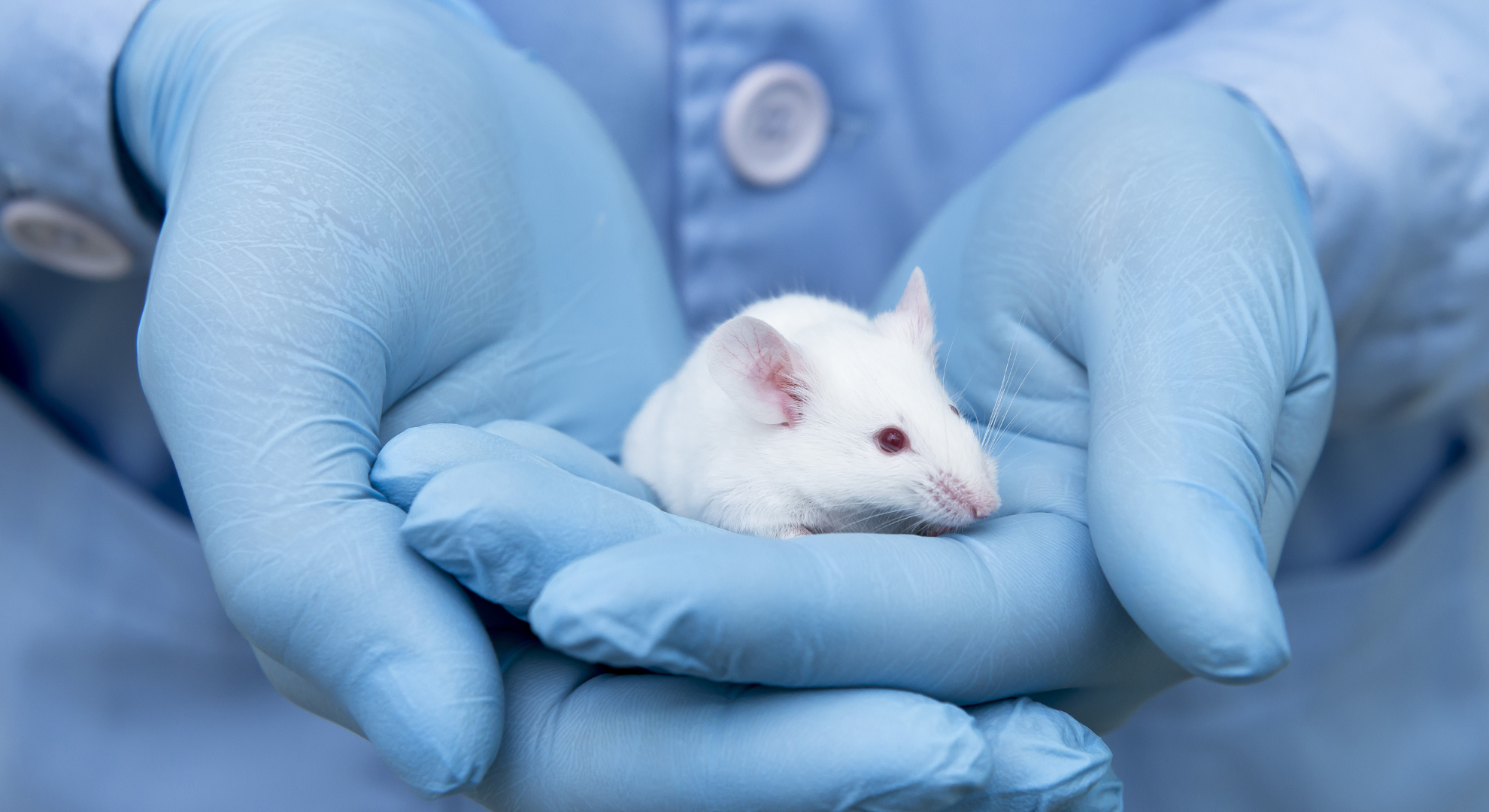
04 Sep The change station and the rack are increasingly merging together.
From the perspective of automation, there are three potentially automatable “machines” in an experimental animal room: the cages, with data initially provided by the AMS and represented by cage cards; the change station; and the rack.
Tecniplast has automated the rack in the form of the DVC and transmits information about removed cages to both AMS systems and the “Galilei” CTOS, the specialized operating system for change stations. Both systems automatically update the electronic cage cards (Cagetalkers) during cage changes.
Pre-registration and linking of Cagetalkers to cages by scanning the Cagetalkers (which have been attached to the cages as soon as the rack enters the animal room) eliminates the need for manual linking of the AMS CageID and CageRFID at the change station—and no more scanning devices are needed there.
Cage changes, including updating the Cagetalker, can be performed either by the AMS or by the CTOS, as described below. In both cases, the data can be transmitted to the DVC via the Cagetalkers interface, and cage change data is returned via the direct DVC/AMS interface.
What makes the difference between using AMS or CTOS at the change station?
CTOS uses an expert system to proactively recognize potential animal transactions as soon as the cages are placed on the workbench. It evaluates the data of all cages on the workstation as a whole. As a result, CTOS can document cage and animal transactions almost automatically, in line with the natural workflow. A transaction only needs to be confirmed, and the process is executed automatically. Minimal navigation within the software is needed, and there’s no need to handle additional devices.
Confirmation of a transaction can be done either on a computer screen or directly under the hood using the Streamdeck-Flow—a very small, easily disinfectable tactile input device with dynamically changing buttons.
The automatic updating of the electronic cage cards attached to the cages saves hundreds of kilometers of unnecessary walking and eliminates errors caused by paper cage cards.
Streamdeck enables real-time documentation while also avoiding contamination risks.


Now a complete process:
1. Euthanasia of animals

2. Pre-registration of cages

3. Cage assignment and mating

4. Litter registration

5. Weaning the litter

Isospin – The ultimate fusion of rack and workbench in the form of a mobile cleanroom
Under a hermetically sealed cover with blowers and HEPA filters, a cylindrical carousel rack can be lifted and rotated, transporting cages to an attached workbench to carry out animal transactions.
Using the Streamdeck with CTOS, the operator now additionally controls which cages need to be handled and then performs the animal transactions. This reduces cage travel distances to arm’s length, minimizes stress for the animals, and provides new flexibility in setting up comprehensive laboratory environments. Animal experiments under new, externally imposed parameters can already take place in an automated, autonomous, and mobile cleanroom for 80 cages, occupying a footprint of less than 4 square meters.
Image: IsoSpin:
| Rack extraced | Rack retracted |
 |  |
Technical specifications:
| Number of cages/containers | Up to 80 for animals and materials, 10 per level, more depending on room height |
| Rack: | Modular system (Item) |
| Footprint | 1.20 x 2.80 x 2.50 m |
| Lift | 70 cm up to 500 kg, 15 cm/sec |
| Rotation | 360° in 18 sec, continuous in both directions |
| Cage request | With arm keypad or integrated keypad. Automatic shortest path calculation |
| Approach | Individually adjustable |
| Braking | Individually adjustable |
| Rack and cage system variant 1 | Standard carousel rack with cages (ACS) |
| Rack system variant 2 | Custom-developed carousel rack for cages with backflap |
| Cage for automatic change | Cage with automatic opening of backflap when pushed together |
| Cage recognition | RFID via reader in workboard or belly reader |
| Automatic cage change | With cobot, special handling procedure for sick animals |
| Data entry | Keypad on arm or integrated in workboard |
| Air exchange | 2 blowers with HEPA filter plus valve and meter |
| Pressure | 2 blowers with HEPA filter plus valve and meter |
| Humidity | Controlled room or Scanklime. 2-step proprietary development |
| Temperature | Controlled room or Scanklime. 2-step proprietary development |
| Lighting | Room or external LEDs |
| Cage data | Initial setup via CageTalkers interface |
| Management software | Virtual Changing Station (VCS) |
For more information, please reach out to us:
Galilei Software GmbH
contact@galileisoftware.com
Remember to share this article


